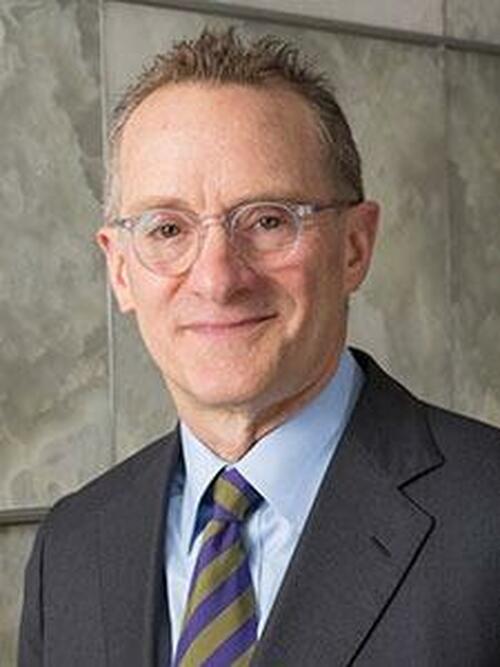Why On Earth Would Soft Hiring ‘Tee Up Fed Rate-Cuts’?
Authored by John Tamny via RealClearMarkets.com,
Oaktree Capital co-founder Howard Marks has long made the essential point (referenced here regularly) that the seeds of bad times are planted during the good, and good times during the bad. Marks came to mind while reading a front page Wall Street Journal story in response to Friday’s employment report. It read along the lines of “Soft Hiring Will Tee Up Fed Rate Cuts.”
Not explained was how the Fed could walk over the message of the markets, and if so, why it would. Marks’s pithy analysis of how the world works looms large here.
It describes what’s perhaps taking place.
Employers and investors broadly or intuitively know what Marks describes as being true, and aware of it, they’re careful about overdoing it. By not planting an excess of bad seeds (think lousy hires, excessively optimistic investment in new initiatives, or both) during the good times, those who populate the actual economy mitigate the bad times.
Stated more bluntly, a slowdown is a crucial market signal every bit as important as a surge of hiring. It’s a communication from information-pregnant markets that returns on new employees and investment might not be as robust as they had been. Keep this in mind as hiring allegedly (never forget, government statistics are invariably backward looking) softens. It’s just the markets themselves pulling back from capital allocations that might not be rewarded so handsomely, or that might not be rewarded at all. See Marks up above.
Which means a reduced pace of hiring is a healthy market signal precisely because it’s the market.
Since it is, why on earth would it be accepted wisdom that the Fed should intervene in order to blunt this signal?
Such a view implies that the Fed should routinely substitute its highly limited knowledge for that of the marketplace. No thanks.
To believe otherwise is to not just believe that slower periods of economic growth require the very central planning that is so inimical to good times. No, not at all. Economies are just individuals, and they grow the fastest when precious resources are allowed to reach their highest use most free of state intervention.
Still, some will say that in intervening in the form of interest-rate fiddling, the Fed will give back what it allegedly took with 525 basis points of rate increases. Which isn’t serious.
To see why, don’t forget that the Fed began raising rates in March of 2022.
Notable here is that ChatGPT was introduced on November 30, 2022.
What followed this introduction was a surge of investment (many tens of billions) into existing companies (think Nvidia most notably) and startups viewed as most poised to grow amid the discovery of technological advances capable of vastly expanding mechanized thought.
The investment surge exists as a reminder that contra popular view, the Fed’s rate meddling doesn’t alter reality. Only reality alters reality, and as investors discovered that an all-new economic future loomed in late 2022, they started planting seeds without regard to the Fed’s naively expressed, Phillips Curve-informed wants. Which is good news. Actual markets bend to no one, least of all the Fed.
Which is why investors needn’t care what the Fed does or doesn’t do in response to an allegedly soft hiring report.
If the latter is in fact a signal of businesses and investors turning the wisdom of Howard Marks into action, there’s thankfully nothing the Federal Reserve can do about it.
Tyler Durden
Fri, 09/13/2024 – 14:05

